Samsung Galaxy Z Flip 7 vs Motorola Razr Ultra 2025: which flip foldable is best?
Can the Z Flip 7 match Motorola's latest Ultra?

The Samsung Galaxy Z Flip 7 has a stylish design, high-end specs, and a big name behind it. Its cover display is one of the biggest you'll find on a flip phone, and the software is packed full of powerful features, but the interface is a bit of a mess.
Pros
- Big 4.1-inch cover screen
- Lower price than the Razr
- Powerful software
Cons
- Disappointing chipset
- Smaller battery than the Razr
- Messy interface
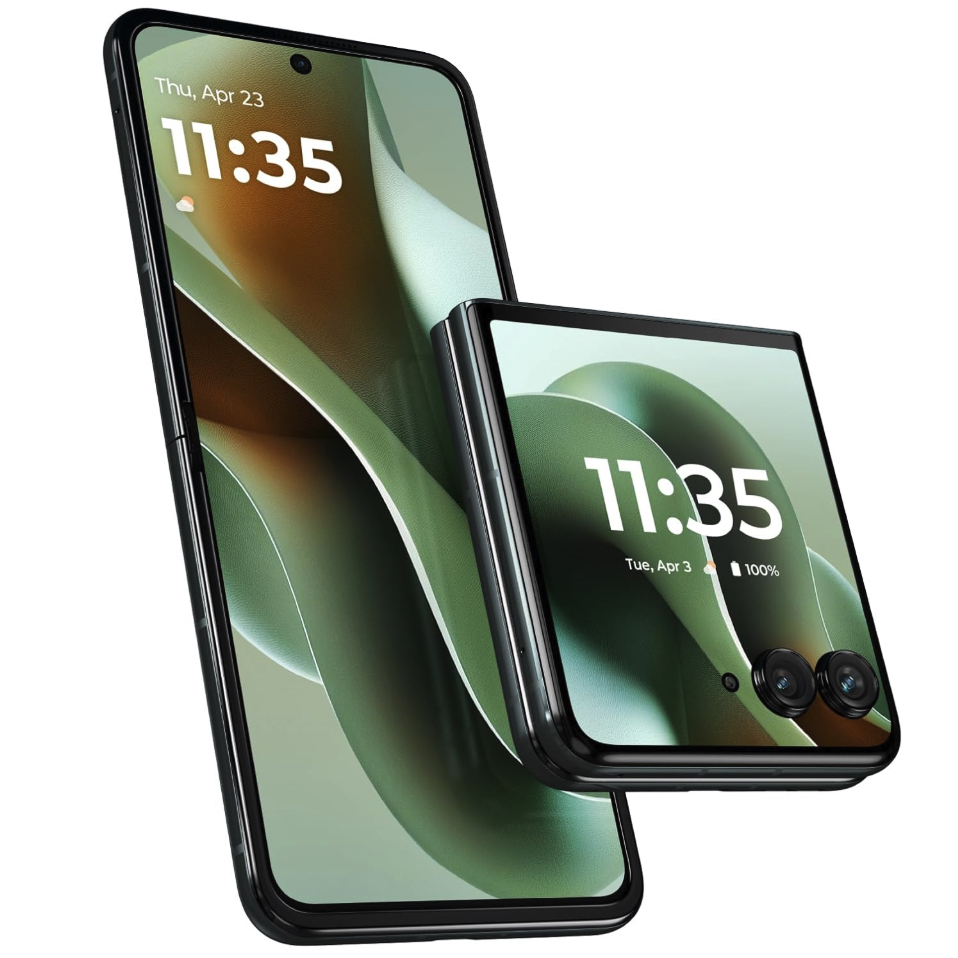
The Motorola Razr Ultra 2025 is a flip phone that almost has it all, from a powerful chipset to a 165Hz refresh rate, loads of megapixels, and a decently large battery. That said, this all comes at a cost, with it being one of the priciest foldable flip phones.
Pros
- Extremely powerful
- A big 4,700mAh battery
- Big, high resolution screens
Cons
- A high price
- No telephoto camera
- Limited dust resistance
The Samsung Galaxy Z Flip 7 and Motorola Razr Ultra 2025 – known as the Motorola Razr 60 Ultra in some regions – are two of the latest clamshell foldable phones, and they’re both high-end handsets, with top-of-the-line chipsets and other impressive specs and features.
Given their similar form factors, these devices inherently have some things in common, but they also have quite a lot of differences, including their cameras, chipsets, screens, and batteries.
So, below, we've compared the Galaxy Z Flip 7 against the Razr Ultra 2025, drawing attention to each phone’s specs and sharing our opinion on which device is best for what use case.
Samsung Galaxy Z Flip 7 vs Motorola Razr Ultra 2025: specs comparison
The chart below lists all the key specs of both of these phones, so you can see at a glance what they offer and how they compare.
| Header Cell - Column 0 | Samsung Galaxy Z Flip 7 | Motorola Razr Ultra 2025 |
|---|---|---|
Dimensions (folded): | 75.2 / 85.5 / 13.7mm | 88.1 x 74 x 15.7mm |
Dimensions (unfolded): | 75.2 / 166.7 / 6.5mm | 171.5 x 74 x 7.2mm |
Weight: | 188g | 199g |
OS: | One UI 8, based on Android 16 | Android 15 |
Main display: | 6.9-inch 120Hz 1080 x 2520 | 7.0-inch 165Hz 1224 x 2912 |
Cover display: | 4.1-inch 120Hz 948 x 1048 | 4.0-inch 165Hz 1080 x 1272 |
Chipset: | Exynos 2500 | Snapdragon 8 Elite |
RAM: | 12GB | 16GB |
Storage: | 256GB / 512GB | 512GB / 1TB |
Battery capacity: | 4,300mAh | 4,700mAh |
Charging: | 25W wired, 15W wireless, 4.5W reverse wireless | 68W wired, 30W wireless, 5W reverse wireless |
Rear cameras: | 50MP main, 12MP ultra-wide | 50MP main, 50MP ultra-wide |
Front cameras: | 10MP | 50MP |
Samsung Galaxy Z Flip 7 vs Motorola Razr Ultra 2025: price and availability

The Samsung Galaxy Z Flip 7 was launched in July 2025 and is now widely available. It starts at $1,099 / £1,049 / $1,799, for which you’ll get a version with 256GB of storage, and it rises to $1,219 / £1,149 / AU$1,999 for 512GB.
The Motorola Razr Ultra 2025 is slightly older, having launched back in April, and this costs $1,299 / £1,099 for a model with 512GB of storage. There’s also a 1TB model for $1,499, but this isn’t available in the UK, and neither model is available in Australia.
So, the Motorola Razr Ultra 2025 has a higher starting price than the Samsung Galaxy Z Flip 7, and in the US, at least, it even costs more for a comparable amount of storage, though in the UK you’ll pay less for the 512GB Razr Ultra 2025 than the 512GB Samsung Galaxy Z Flip 7.
Sign up for breaking news, reviews, opinion, top tech deals, and more.
Samsung Galaxy Z Flip 7 vs Motorola Razr Ultra 2025: design
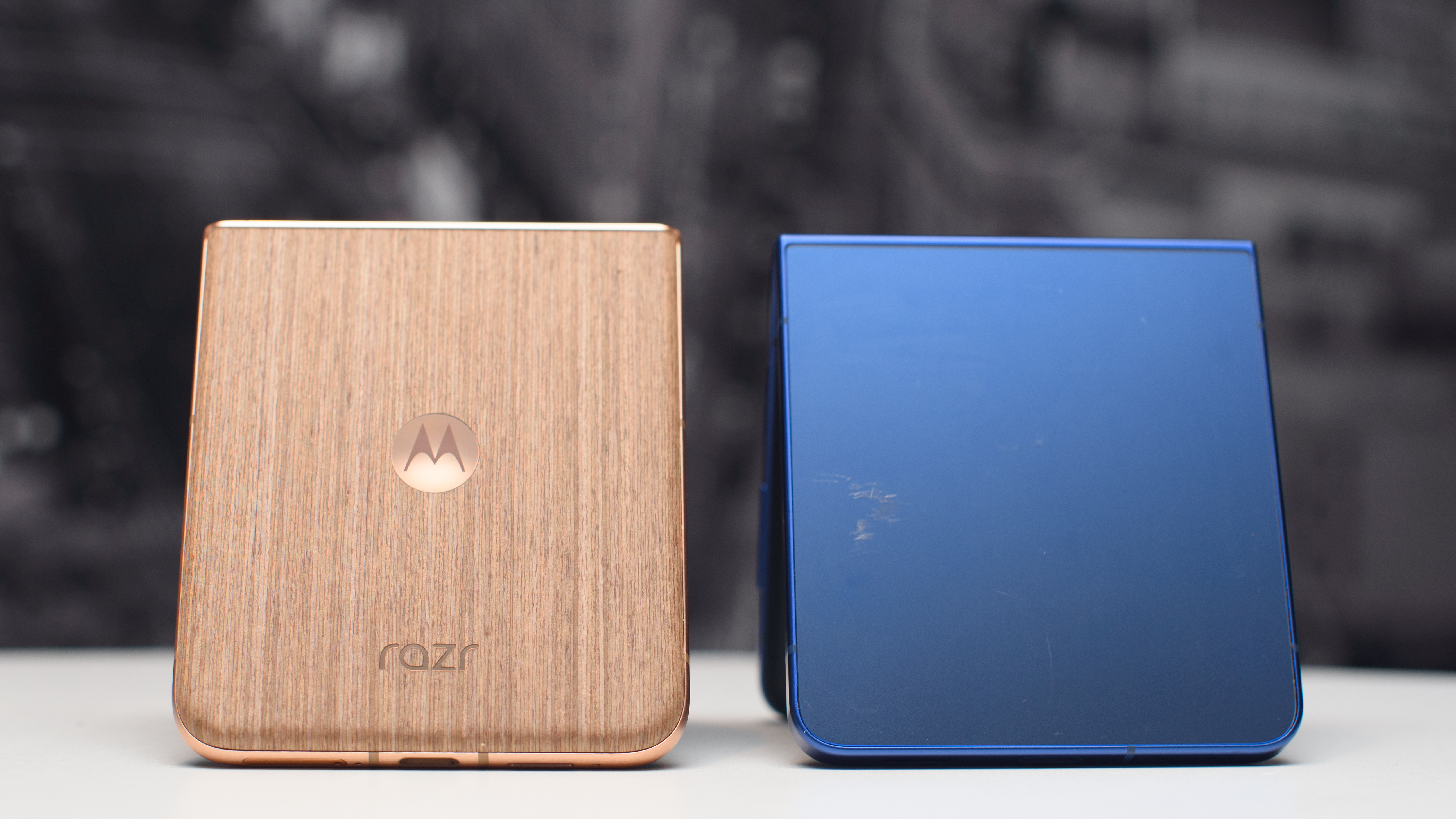
The Samsung Galaxy Z Flip 7 and Motorola Razr Ultra 2025 look quite similar, as both have a cover screen that takes up the entire half of the phone and even wraps around the cameras. Both also have a punch-hole camera on their foldable screens.
However, their dimensions and weights differ, with the Galaxy Z Flip 7 coming in at 166.7 x 75.2 x 6.5mm when unfolded, 85.5 x 75.2 x 13.7mm when folded, and 188g. The Motorola Razr Ultra 2025 is 171.5 x 74 x 7.2mm when unfolded, 88.1 x 74 x 15.7mm when folded, and 199g. So, Samsung’s phone is shorter, slimmer, and lighter, but slightly wider.
Their colors also differ, of course, with the Samsung Galaxy Z Flip 7 coming in Blue Shadow, Jet Black, Coral Red, and Mint shades, while the Motorola Razr Ultra 2025 is sold in Pantone Rio Red, Pantone Scarab, Pantone Mountain Trail, and Pantone Cabaret shades.
The Pantone Mountain Trail option uses real wood, and the Pantone Scarab shade uses Alcantara suede, so in those cases, it’s more than just a choice of color, and these options give you something more unusual and striking than you’ll get with the Z Flip 7.
Both phones, though, have an aluminum frame, and both have an IP48 rating, meaning they can be submerged up to 1.5 meters deep in water for up to 30 minutes, but only have minimal dust resistance.
Samsung Galaxy Z Flip 7 vs Motorola Razr Ultra 2025: display
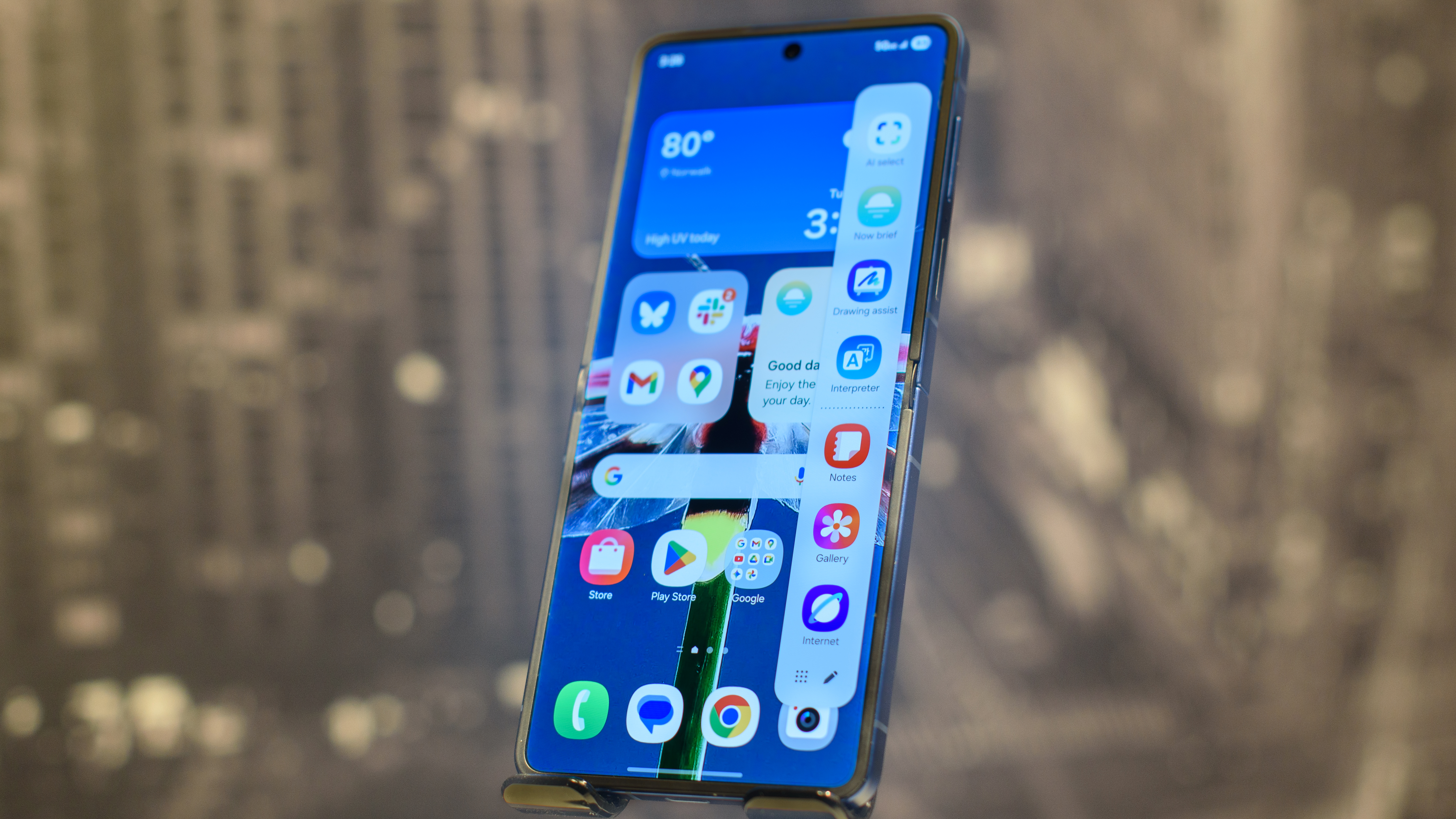
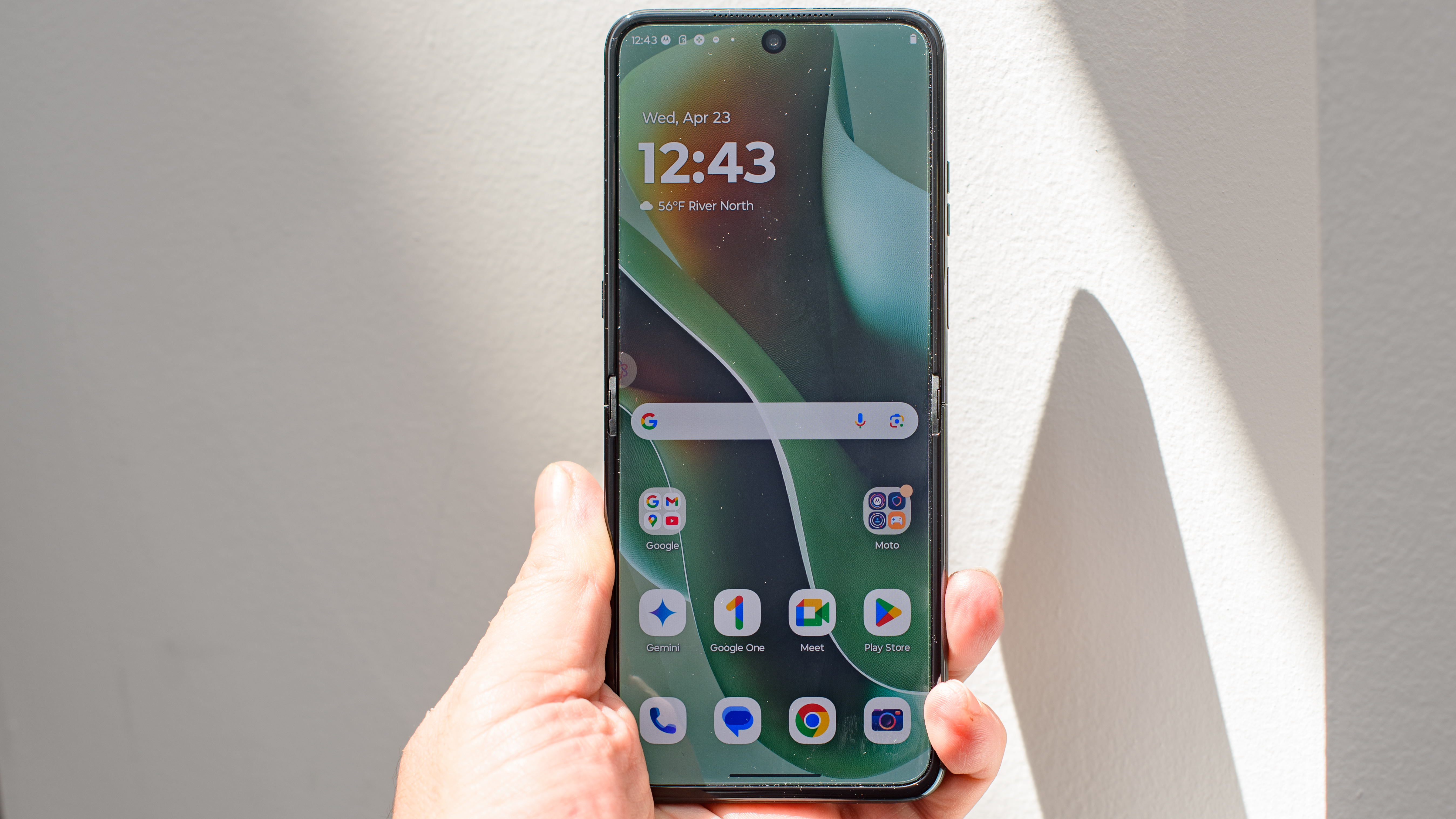
As for their screens, the Samsung Galaxy Z Flip 7 has a 6.9-inch 1080 x 2520 foldable AMOLED screen with a 120Hz refresh rate and a peak brightness of 2,600 nits. It also has a 4.1-inch 948 x 1048 AMOLED cover screen with a 120Hz refresh rate and a peak brightness of 2,600 nits.
The Motorola Razr Ultra 2025, on the other hand, has a 7.0-inch 1224 x 2912 foldable AMOLED screen with a 165Hz refresh rate and a peak brightness of 4,500 nits, along with a 4.0-inch 1080 x 1272 AMOLED cover screen with a 165Hz refresh rate and a peak brightness of 3,000 nits.
So, the Razr Ultra 2025 has a slightly bigger, higher-resolution main display, with a higher refresh rate and peak brightness. Its cover screen also has a higher resolution, refresh rate, and peak brightness, but comes in at a marginally smaller size than the Z Flip 7’s.
We were very impressed with the Razr’s screens in our Motorola Razr Ultra 2025 review, concluding that “if the Razr Ultra only had the excellent 7-inch internal screen, it would be great, but the 4-inch cover puts this phone in a class of its own. It’s the only flip phone that is truly two phones in one.”
Mind you, that assessment only applied at the time of the Razr's launch, when the Z Flip 7 didn't exist yet. On the display front, the Z Flip 7 is just as impressive as the Motorola, with our Samsung Galaxy Z Flip 7 review stating that it has “excellent displays inside and out.”
As mentioned, the Samsung has a marginally larger cover screen than the Razr Ultra 2025, and we called it "an astounding cover display with the thinnest bezels ever" in our review. On paper, then, it's arguably the better of the two phones when closed, but Motorola's cover screen software is much simpler to use (more on this later).
Samsung Galaxy Z Flip 7 vs Motorola Razr Ultra 2025: cameras
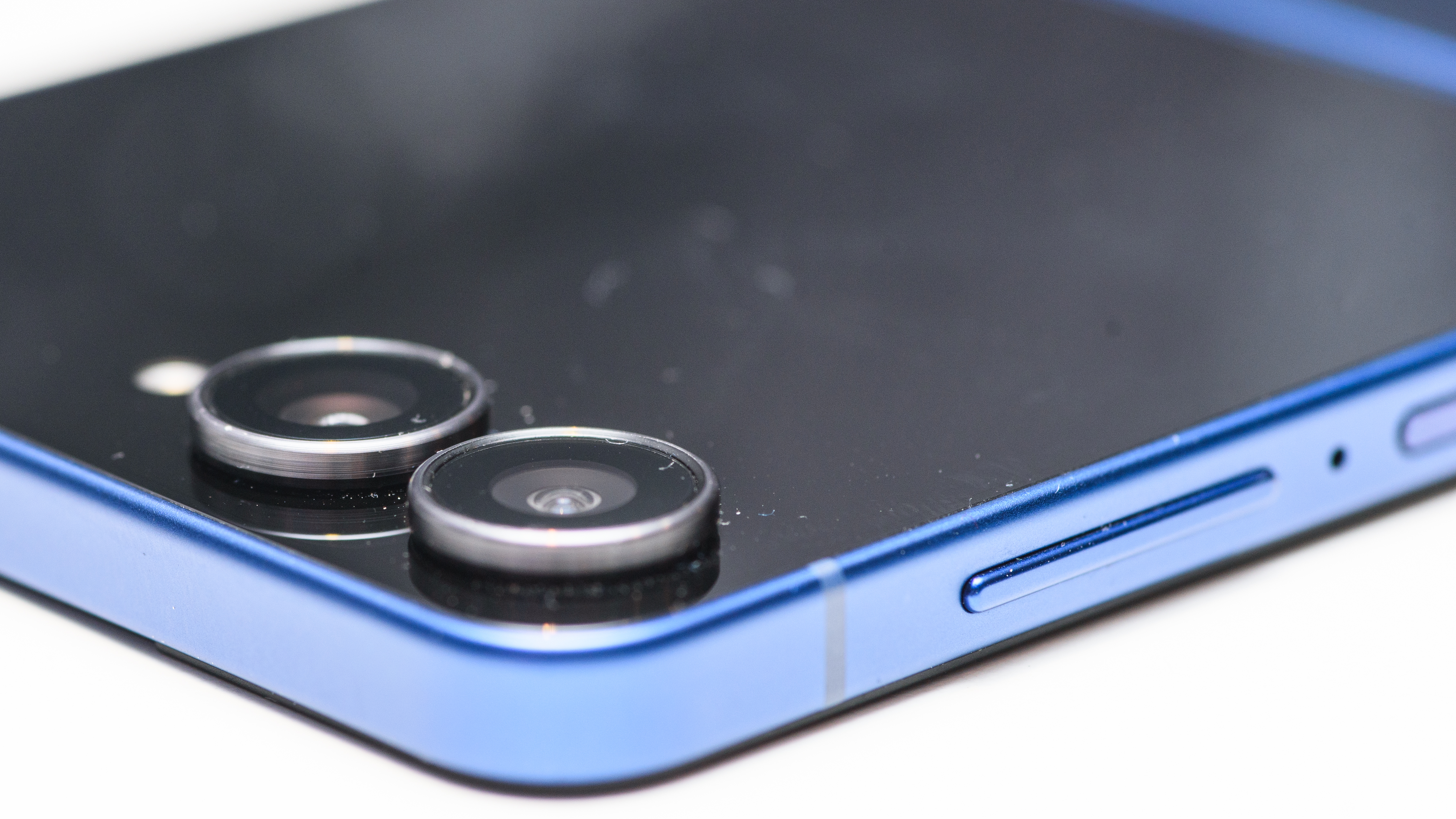

The Samsung Galaxy Z Flip 7 and the Motorola Razr Ultra 2025 both have a 50MP f/1.8 main camera with optical image stabilization (OIS), but that’s mostly where the similarities in their camera setups end.
They do both also have ultra-wide cameras, but while the Galaxy Z Flip 7 has a 12MP f/2.2 one with a 123-degree field of view, the Razr Ultra 2025 has a 50MP f/2.0 one with a 122-degree field of view.
On the foldable screen, there’s a 10MP f/2.2 camera in the case of the Galaxy Z Flip 7, and a 50MP f/2.0 one with the Razr Ultra 2025.
So, the Razr has better camera specs on paper, with more megapixels in its ultra-wide and selfie cameras. It can also record video in up to 8K quality, while the Galaxy Z Flip 7 tops out at 4K.
All that said, both phones impressed us with their photography skills when we put them through their respective reviews, with the main issue being the same for both – namely the lack of a telephoto camera.
Samsung Galaxy Z Flip 7 vs Motorola Razr Ultra 2025: performance and software
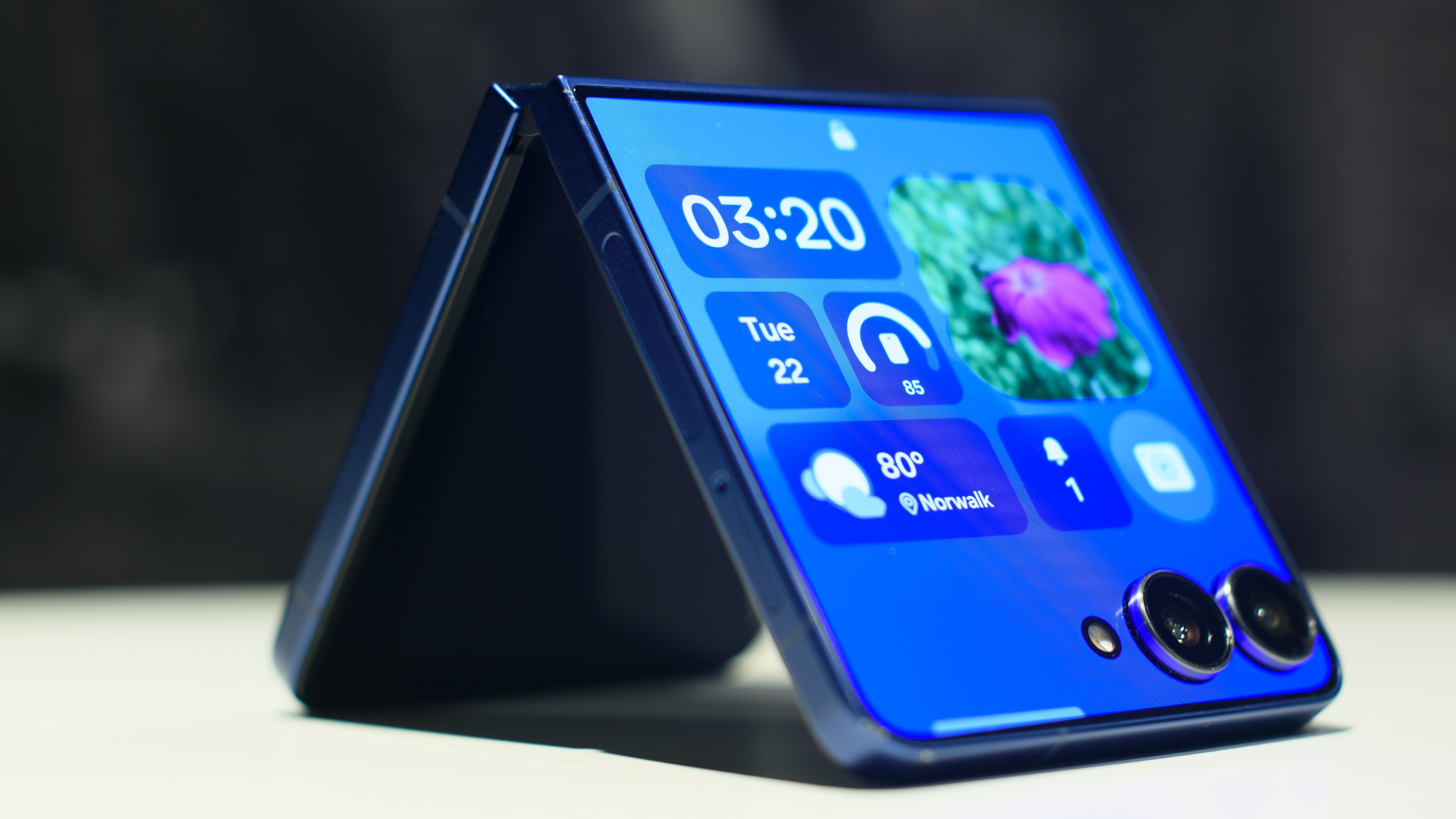

Both the Samsung Galaxy Z Flip 7 and the Motorola Razr Ultra 2025 have high-end chipsets, but while the Razr has a Snapdragon 8 Elite (also found in the likes of the Samsung Galaxy S25 series and the Samsung Galaxy Z Fold 7), the Galaxy Z Flip 7 has Samsung’s in-house Exynos 2500.
The latter doesn’t quite match Snapdragon’s offering, with our Z Flip 7 review finding that “performance is adequate, but not superlative." The Razr Ultra 2025, meanwhile, delivered “excellent” performance in our testing. That’s probably helped by Motorola’s phone also having 16GB of RAM, compared to 12GB in the Samsung Galaxy Z Flip 7.
For software, both phones have a lot of potential, with loads of features and AI tools, but our Z Flip 7 review found that Samsung hides many of the best bits away. On the other hand, we found that the Motorola Razr Ultra 2025’s AI image generator would sometimes cook up offensive stereotypes and generate copyrighted characters, so both phones could use some work on the software front.
Overall, though, Samsung’s phone has more tools, including powerful features like DeX, allowing you to use the phone like a desktop, while Motorola’s is more intuitive, and closer to Google’s take on Android.
Samsung Galaxy Z Flip 7 vs Motorola Razr Ultra 2025: battery

There’s a clear winner here, as while the Samsung Galaxy Z Flip 7 has an unremarkable 4,300mAh battery, the Motorola Razr Ultra 2025 has a far larger 4,700mAh one.
That larger battery unsurprisingly translates to longer life, with our review finding that the Ultra has “excellent all-day battery life”, while the Galaxy Z Flip 7’s battery life was found to be “unimpressive,” with it usually but not always lasting a full day.
Motorola’s phone also charges faster, with 68W wired, 30W wireless, and 5W reverse wireless charging, compared to 25W, 15W, and 4.5W for wired, wireless, and reverse wireless, respectively, when charging the Samsung Galaxy Z Flip 7.
Samsung Galaxy Z Flip 7 vs Motorola Razr Ultra 2025: verdict
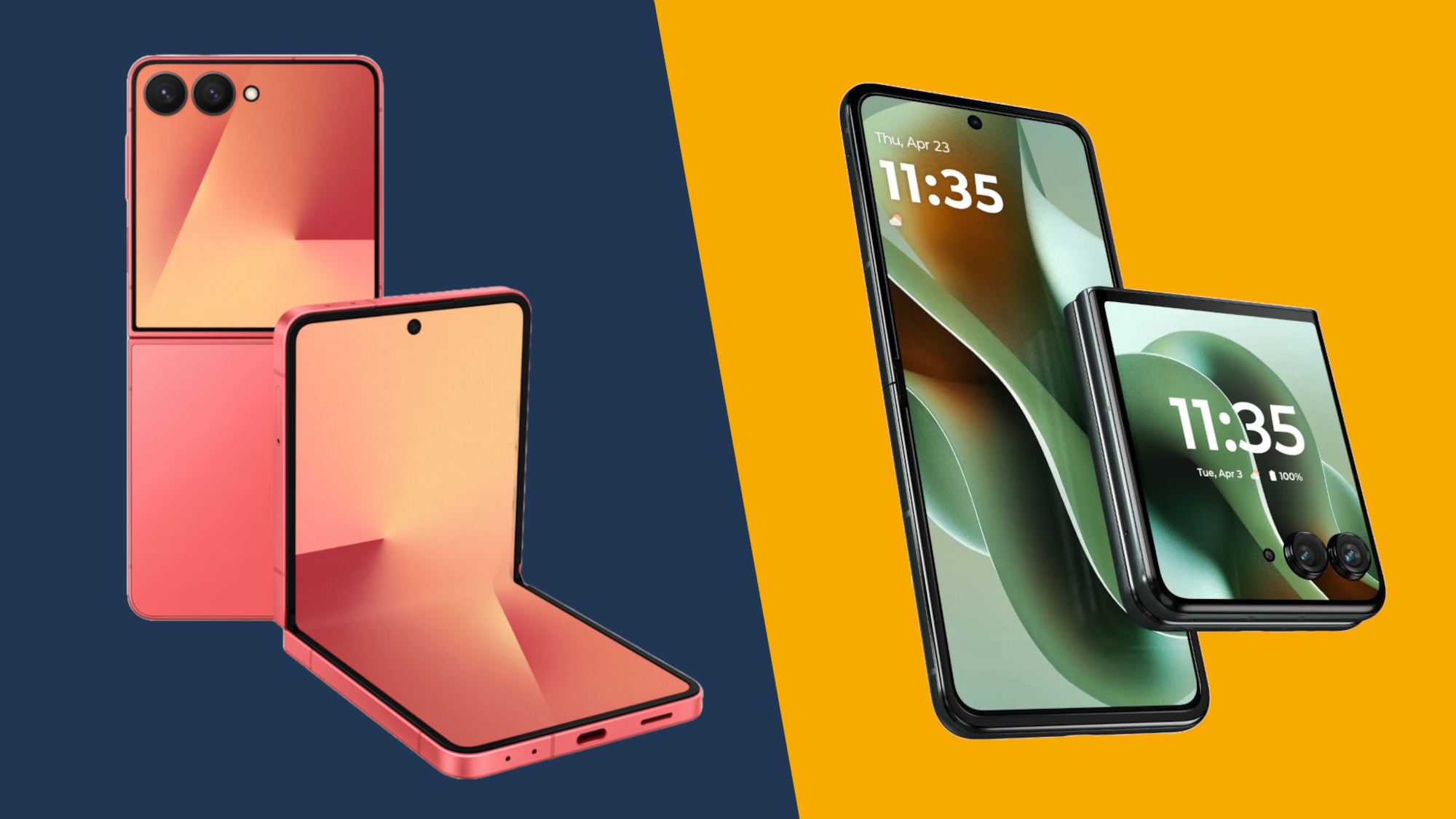
On paper, the Motorola Razr Ultra 2025 has a lot of clear advantages over the Samsung Galaxy Z Flip 7. It has a more powerful chipset, more RAM, more megapixels in some of its cameras, a bigger, faster-charging battery, and brighter, higher-resolution screens.
It also has a more unusual and eye-catching build, though its starting price is slightly higher.
Of course, on-paper specs don’t always translate to real-world performance, but our Motorola Razr Ultra 2025 review specifically highlighted it as being a better phone than the Z Flip 7 – so for most people, the Razr is probably the better buy.
That said, with both phones achieving 4.5-star reviews, you'll likely find lots to love with either of them.
You might also like
James is a freelance phones, tablets and wearables writer and sub-editor at TechRadar. He has a love for everything ‘smart’, from watches to lights, and can often be found arguing with AI assistants or drowning in the latest apps. James also contributes to 3G.co.uk, 4G.co.uk and 5G.co.uk and has written for T3, Digital Camera World, Clarity Media and others, with work on the web, in print and on TV.
You must confirm your public display name before commenting
Please logout and then login again, you will then be prompted to enter your display name.